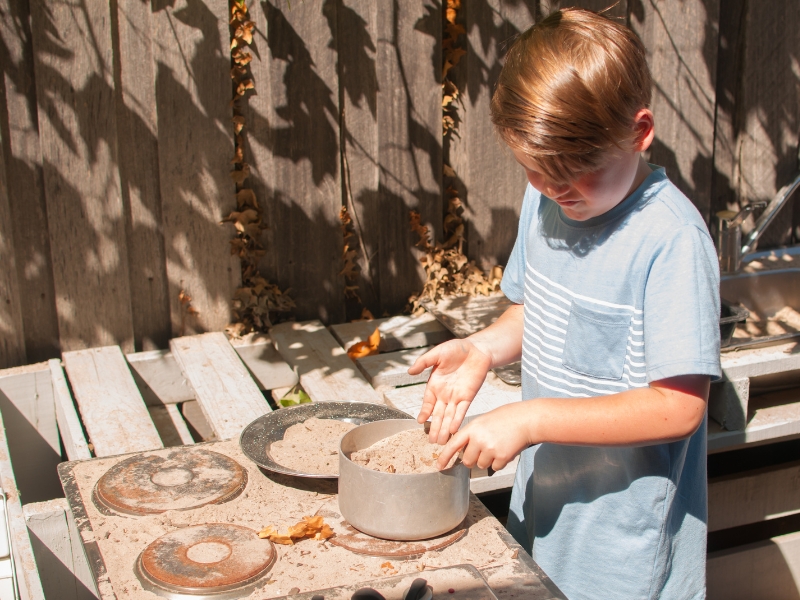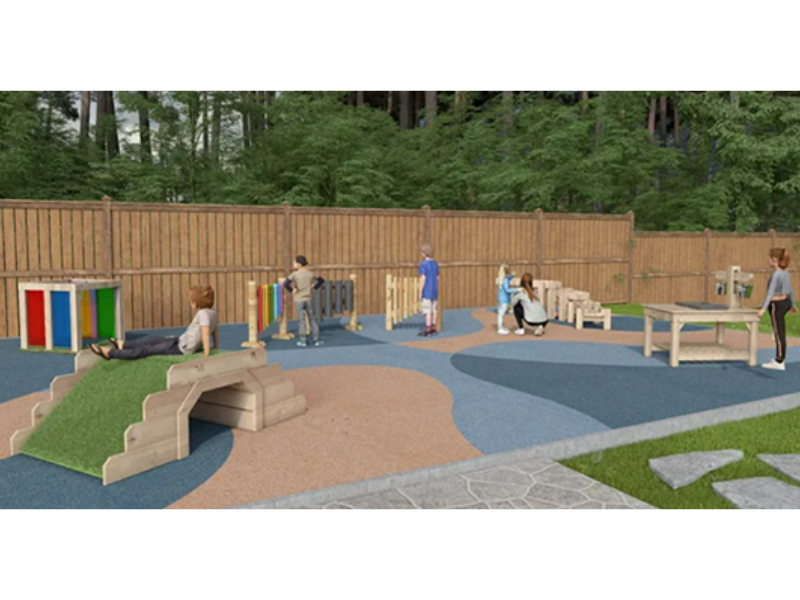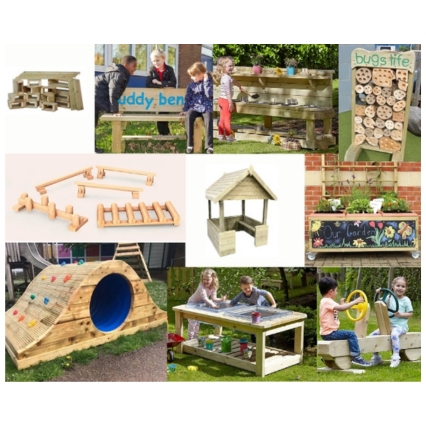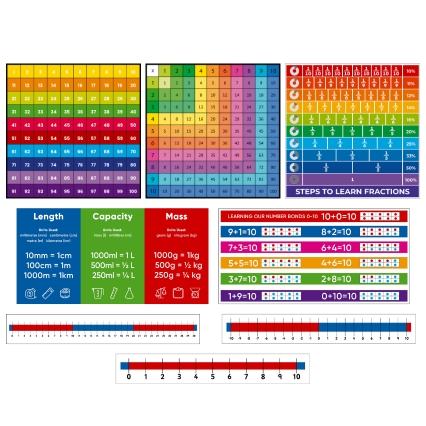We use cookies to make your experience better. Learn more
Sensory Gardens: Enhancing Children's Development Through Outdoor Exploration

Sensory gardens are a great addition to any outdoor space and many schools are embracing the concept of outdoor learning and incorporating sensory gardens into their outdoor spaces. These gardens provide valuable opportunities for hands-on exploration and inquiry-based learning by igniting the senses including sight, touch, smell and even taste. Teachers can use the garden as a living classroom, incorporating science, math, language arts, and art activities that align with curriculum standards while teaching and encourage children to have a connection to nature and enjoy the great outdoors.
In this blog we explore how to create a sensory garden, its benefits and have put together some items to consider when creating your sensory garden, along with some of our top products which are tried, tested and loved by school children and care givers.
What is a sensory garden?
A sensory garden is a specially designed outdoor space intended to stimulate the senses through various outdoor equipment, plants, textures, colours, scents and sounds. These gardens are designed to engage sight, smell, touch, taste, and hearing, providing a multi-sensory experience for children of all ages and abilities.

Sensory gardens offer a number of benefits for children including:
- Sensory Stimulation: Sensory gardens provide a rich sensory experience that helps children develop their sensory processing skills, leading to improved focus, concentration, and self-regulation.
- Physical Development: Exploring the varied textures, surfaces, and features of a sensory garden encourages physical activity, balance, and coordination.
- Cognitive Growth: Observing the changing seasons, identifying different plants and wildlife, and experimenting with cause and effect in the garden encourages curiosity, critical thinking, and problem-solving skills.
- Emotional Well-being: Spending time in nature has been shown to reduce stress, anxiety, and symptoms of attention deficit disorders and autism. Sensory gardens offer a peaceful retreat where children can relax, unwind, and connect with the natural world.
Creating Your Sensory Garden
Plan Your Design: Divide the space into different zones, each catering to a specific sense. Incorporate a mix of plants, flowers, herbs, and sensory materials such as sand, water, and natural elements like rocks and logs. Our Garden sensory pack here which has been design for easily creation of a sensory garden demonstrates how different zones can be created to achieve a positive and structured sensory experience.

Select Sensory Plants: Choose a variety of plants that stimulate the senses. Fragrant flowers like lavender and roses appeal to the sense of smell, while colourful blooms like marigolds and sunflowers captivate the eyes. Incorporate herbs like mint and basil for their enticing scents and flavours and to help educate children on how herbs can be used in foods etc.
Include Interactive Features: Add elements like wind chimes, water features, and musical instruments to engage the sense of hearing. Install tactile pathways with different textures underfoot, such as smooth stones, soft grass, and crunchy gravel, to stimulate touch. Our best selling wind chimes are enjoyed by children due to their bright colours and the ability to create wonderful music with the variation of chime pitches.

Provide Seating and Shelter: Create cozy nooks where children can sit and observe the garden or engage in quiet activities. Adding the addition of an outdoor classroom or rainbow pyramid den to provide shelter from the sun and rain, allowing the garden to be enjoyed in all weather conditions.

Our Top Products for Sensory Gardens
Musical Instruments: Use outdoor xylophones, drums, and chimes add auditory stimulation and invite children to create their own music.
Water Features: Water walls and water tables offer hours of endless fun and learning as part of a group or individually.

Light and Sound Archways: Use structures to save space to create multi-sensory interactive play elements with a range of textures, patterns, light and sounds which our best selling light and sound archway.

In conclusion, sensory gardens offer a wealth of benefits for children's development and learning, providing a sensory-rich environment where they can explore, discover, and grow. By creating these magical outdoor spaces, we can inspire a lifelong love of nature and learning in the next generation.



